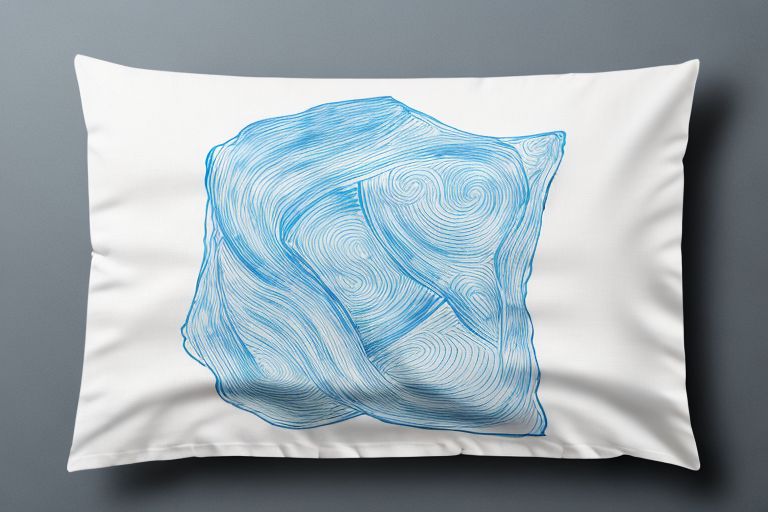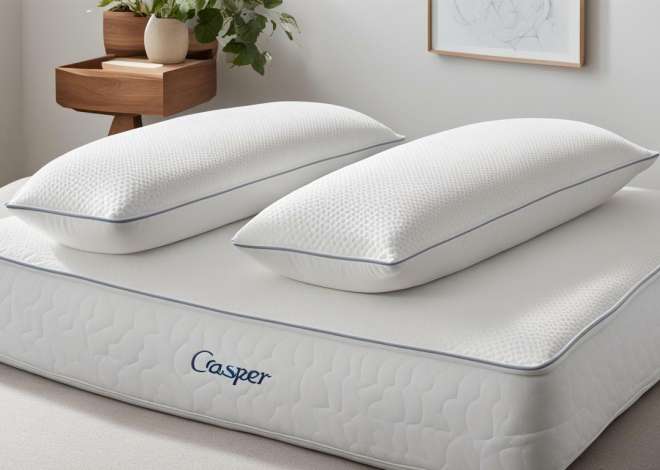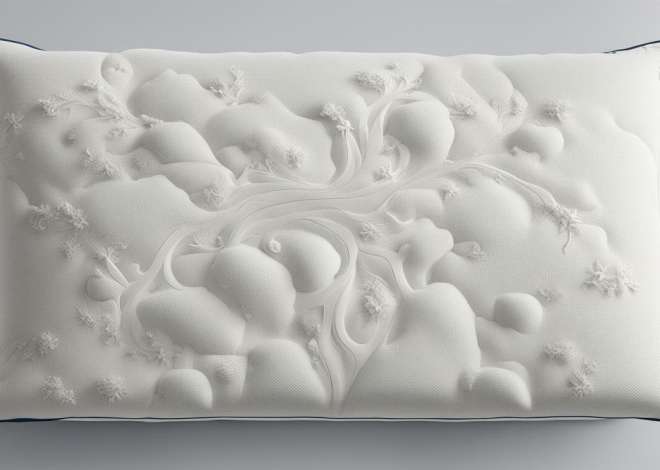
What are the disadvantages of cotton pillowcases?
If you’re like most people, you probably don’t give much thought to the type of pillowcase you use. After all, it’s just a piece of fabric that keeps your pillow clean, right? But did you know that the type of material your pillowcase is made of can have a significant impact on your health and appearance? In this article, we will take a closer look at the disadvantages of cotton pillowcases, and explore some alternatives that may be better suited for your needs.
Allergies and Irritations Caused by Cotton Pillowcases
Cotton is a natural fiber that is widely used in clothing and home textiles. While it may be comfortable to wear, it can also be a source of irritation for some people. Cotton fibers can trap dirt, dust, and other allergens, which can cause respiratory issues and skin irritations. If you have allergies or sensitive skin, cotton pillowcases may not be the best choice for you.
It is important to note that the type of cotton used in pillowcases can also affect the level of irritation. Some cotton pillowcases are made from organic cotton, which is grown without the use of pesticides and chemicals. These pillowcases may be a better option for those with allergies or sensitive skin. Additionally, regularly washing your pillowcases can help reduce the buildup of allergens and irritants. Consider using a hypoallergenic detergent and washing your pillowcases at least once a week to maintain a clean and healthy sleeping environment.
Cotton Pillowcases – Not Ideal for Acne-Prone Skin
If you’re prone to acne or breakouts, you may want to steer clear of cotton pillowcases. Cotton is a highly porous material, which means that it can trap oils and bacteria from your skin and hair. This can clog your pores and lead to acne or other skin irritations.
Instead, consider using pillowcases made from materials like silk or satin. These materials are less absorbent than cotton, which means they won’t trap as much oil and bacteria. Additionally, silk and satin are smoother and less likely to cause friction against your skin, which can also contribute to breakouts. So, if you’re looking to improve your skin’s health, it may be worth investing in some new pillowcases made from these materials.
The Drawbacks of Cotton Pillowcases for People with Eczema or Psoriasis
Cotton pillowcases may also pose a problem if you suffer from eczema or psoriasis. The rough surface of cotton can be abrasive against delicate skin, causing irritation and exacerbating existing skin conditions. In addition, the fibers within the cotton can strip moisture from your skin, making your condition worse.
It is recommended that people with eczema or psoriasis use pillowcases made from softer materials, such as silk or satin. These materials are gentler on the skin and do not cause as much friction as cotton. Additionally, silk and satin pillowcases do not absorb moisture from the skin, helping to keep it hydrated and reducing the risk of further irritation. While these materials may be more expensive than cotton, they can be a worthwhile investment for those with sensitive skin conditions.
Cotton Pillowcases Can Cause Frizziness and Hair Breakage
Cotton pillowcases can also be damaging to your hair. The fibers within the fabric can cause friction against your hair, leading to frizziness and breakage. This can be especially problematic if you have curly or textured hair, which is prone to tangling.
One alternative to cotton pillowcases is silk or satin pillowcases. These materials are much smoother and gentler on your hair, reducing the amount of friction and damage caused while you sleep. Additionally, silk and satin pillowcases can help to retain moisture in your hair, preventing dryness and breakage. While they may be a bit more expensive than cotton pillowcases, the benefits to your hair and overall sleep quality may be worth the investment.
The Impact of Cotton Pillowcases on Facial Wrinkles and Fine Lines
If you’re concerned about maintaining a youthful appearance, you may want to think twice about using cotton pillowcases. The rough surface of the fabric can cause friction against your skin, leading to the formation of wrinkles and fine lines over time. Sleeping on a cotton pillowcase can also cause creases on your face, which can become permanent over time.
However, there are alternatives to cotton pillowcases that can help prevent wrinkles and fine lines. Silk and satin pillowcases are much smoother and gentler on the skin, reducing the amount of friction and pressure on your face while you sleep. These materials also help to retain moisture in the skin, which can further prevent the formation of wrinkles. So, if you’re looking to maintain a youthful appearance, it may be worth investing in a silk or satin pillowcase instead of a cotton one.
The Role of Cotton in Absorbing Moisture and Oil from Your Skin and Hair
Cotton is known for its absorbent properties, which can be both a blessing and a curse. While it can help to keep your skin and hair dry and free of excess moisture, it can also strip away the natural oils that keep them healthy and moisturized. This can lead to dry skin, brittle hair, and other issues.
However, cotton can also be beneficial for those with oily skin and hair. The absorbent properties of cotton can help to remove excess oil and sebum from the skin and scalp, which can prevent breakouts and promote a healthier complexion. Additionally, using cotton pillowcases and sheets can help to absorb excess oil from your hair while you sleep, leaving it looking fresher and less greasy in the morning.
The Environmental Impact of Cotton Pillowcases Production and Disposal
In addition to its impact on your health and appearance, cotton pillowcases also come with an environmental cost. Cotton production requires a significant amount of water and pesticides, which can have a negative impact on the environment. Additionally, cotton pillowcases are not biodegradable, meaning that they accumulate in landfills and contribute to environmental pollution.
Furthermore, the transportation of cotton pillowcases from production facilities to retail stores and ultimately to consumers also contributes to carbon emissions and air pollution. This transportation process involves the use of fossil fuels, which are non-renewable resources that contribute to climate change. To reduce the environmental impact of cotton pillowcases, it is important to consider sustainable alternatives such as organic cotton or bamboo pillowcases, which require less water and pesticides to produce and are biodegradable.
Alternatives to Cotton Pillowcases: Satin, Silk, and Bamboo
Fortunately, there are several alternative materials that can provide a more comfortable and healthy sleeping experience. Satin, silk, and bamboo are all natural materials that are more gentle on your skin and hair than cotton. They also have a smoother surface that reduces friction, which can help to prevent wrinkles and hair breakage.
How to Care for Your Cotton Pillowcase to Minimize its Disadvantages
If you prefer to stick with cotton pillowcases, there are a few things you can do to minimize their disadvantages. For example, you can wash your pillowcase frequently to remove dirt, bacteria, and oils. You can also apply a moisturizer or hair oil before bed to help protect your skin and hair from the drying effects of cotton.
In conclusion, while cotton pillowcases may be a common choice, they are not without their drawbacks. From skin irritations to hair damage to environmental concerns, there are many reasons why you may want to consider alternative materials. By taking the time to explore your options and choose the right pillowcase for your needs, you can enjoy a healthier and more comfortable sleeping experience.


